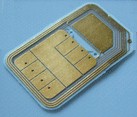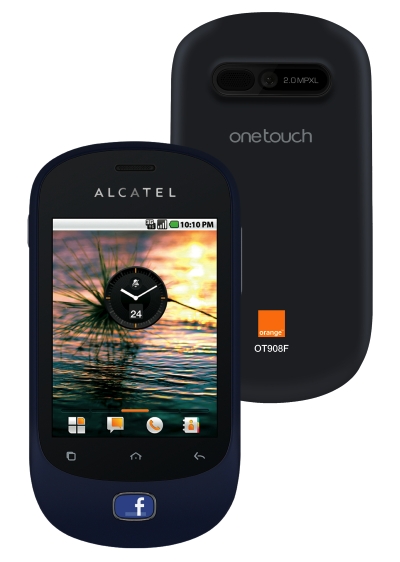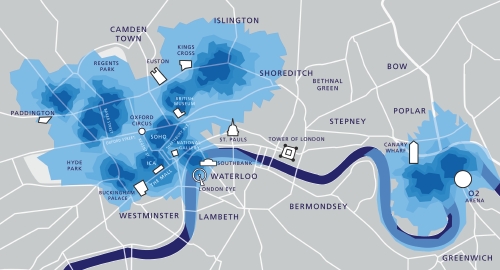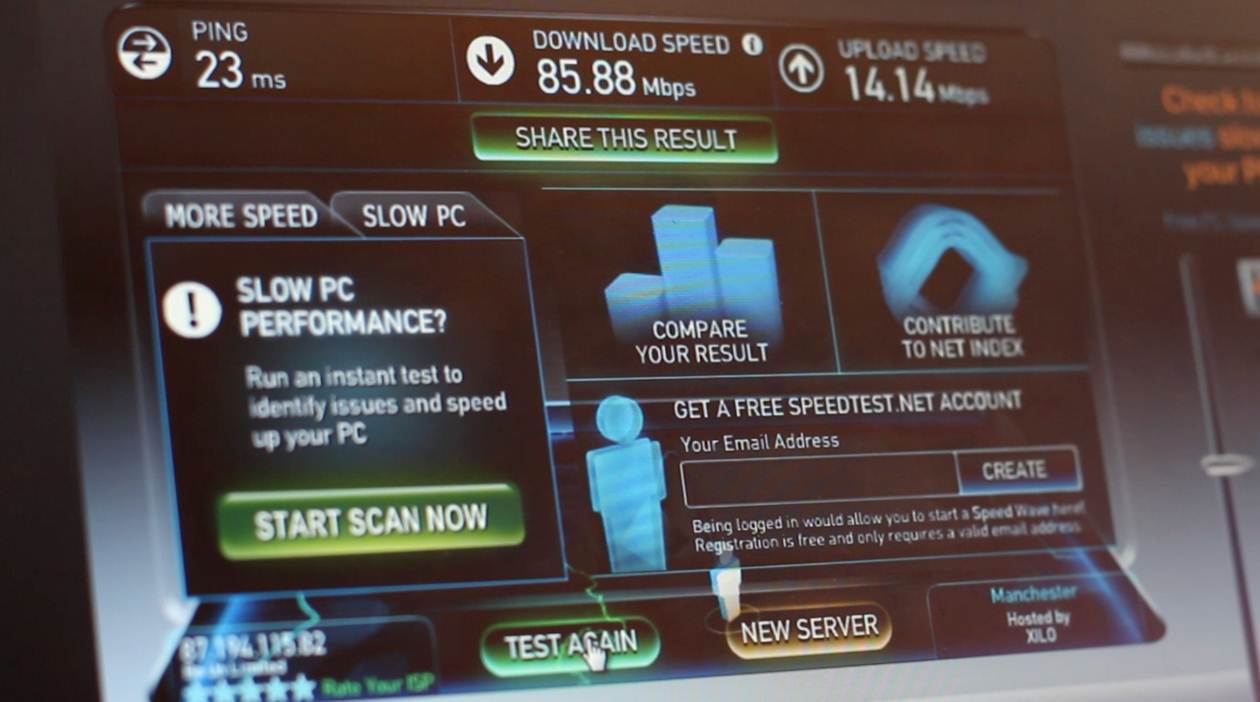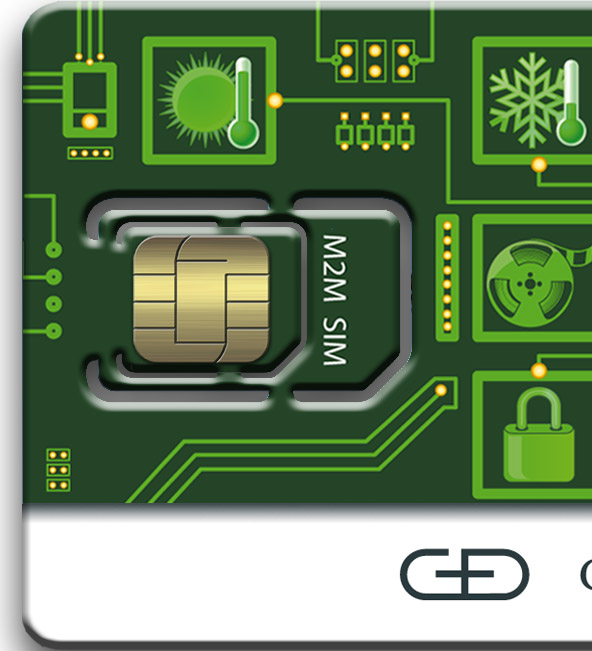All-in NFC on a SIM
With the GSMA’s members re-circling their wagons around a SIM-based approach to NFC payments, here’s another interesting approach to SIM-based NFC from Inside Secure.
The company says it has developed a solution that incorporates complete NFC capability into a SIM form factor. That’s the antenna, core chip, secure element, the lot, all on the SIM. It seems to take away the need for the NFC separate chip, and therefore for communication between the Secure Element on the SIM, and the chip — using the protocol known as Single Wire Protocol.
The attraction, Inside Secure says, is that operators can now deploy SIM-based NFC even in phones that don’t have an NFC chip built-in (ie. most of them).
Here are the important elements of Inside Secure’s own release:
“For the demonstration, a standard SIM card containing the INSIDE core technology chip, a secure element and an antenna that measures a scant five by ten mm will be inserted into the SIM slots of selected legacy phones from leading handset makers. These mobile devices will then be used to demonstrate NFC contactless transaction performance with a reader device. Despite the antenna’s diminutive size, the phones containing the INSIDE solution will be able to communicate with contactless readers, just like standard ISO 14443 contactless smart cards used in U.S. contactless payment deployments.
While the demonstration at CARTES utilizes a SIM card, the INSIDE Secure core technology may be embedded into other form-factor devices and integrated with other mobile device components.
“Until now, no one has been able to place a complete NFC solution, including antenna, into a SIM card, insert it into a mobile phone and have it perform well,” said Bruno Charrat, chief innovation officer, at INSIDE Secure. “The patented INSIDE innovation enables the creation of new products with very small antennas, less than one square centimetre, making feasible the commercial introduction of NFC enablement products using the SIM form factor as well as other inserted or embedded solutions.”
One thought is that this could have been a great solution 2-3 years ago when we were still in the chicken and egg “no point building a service as no handsets to deploy”/ “no services worth building a handset for” situation. But now there are increasing numbers of handsets coming onto the market with an NFC chip, and the chips themselves are beginning to drop in price. In fact, some experts see NFC chips following a similar trajectory and timeline to Bluetooth chips, which makes them economically viable in most handsets right about…now. So after all the work taken to get NFC chips working with NFC SIMs, will operators be attracted by this SIM-only approach? And will the SIM card manufacturers?
Another thought is, will it work? There have been others looking at NFC SIMs with integrated antenna. I couldn’t get over to Cartes this week to see this demo myself, and in any case a show demo is never the best environment to test something out.
Inside Secure release:
INSIDE Secure today announced a major technology innovation that allows an NFC card emulation solution to fit into a standard SIM card form factor and still achieve industry-standard four cm proximity transaction performance. The INSIDE technology innovation is able to achieve this groundbreaking performance even when operating from inside a mobile phone by significantly reducing the effects of the metals and electrical noise typically found within these devices.
The patented INSIDE core technology is part of an initiative that will allow the company to bring multiple new NFC products to market in 2012 and 2013, both directly and with key strategic partners. This core technology creates significant improvements over conventional NFC core technology, enabling four cm or greater contactless read distance in a mobile device with an antenna footprint of less than one cm square. A technology demonstration is being presented for the first time during the CARTES and IDentification 2011 conference and exhibition being held there this week.
“INSIDE Secure is again demonstrating its leadership in the NFC market by providing a core enabling technology that will enable multiple new end products in SIM and microSD form-factors for use in legacy mobile devices, accelerating the adoption of NFC card emulation use cases within the currently deployed mobile phone market,” said Charles Walton, chief operating officer at INSIDE Secure. “This breakthrough technology provides a means of bringing NFC services to markets that might otherwise not be immediately reachable through smart phone sales, such as in Brazil, India and African countries, or for any market with a large installed base of legacy mobile phones.”
For the demonstration, a standard SIM card containing the INSIDE core technology chip, a secure element and an antenna that measures a scant five by ten mm will be inserted into the SIM slots of selected legacy phones from leading handset makers. These mobile devices will then be used to demonstrate NFC contactless transaction performance with a reader device. Despite the antenna’s diminutive size, the phones containing the INSIDE solution will be able to communicate with contactless readers, just like standard ISO 14443 contactless smart cards used in U.S. contactless payment deployments.
While the demonstration at CARTES utilizes a SIM card, the INSIDE Secure core technology may be embedded into other form-factor devices and integrated with other mobile device components.
“Until now, no one has been able to place a complete NFC solution, including antenna, into a SIM card, insert it into a mobile phone and have it perform well,” said Bruno Charrat, chief innovation officer, at INSIDE Secure. “The patented INSIDE innovation enables the creation of new products with very small antennas, less than one square centimetre, making feasible the commercial introduction of NFC enablement products using the SIM form factor as well as other inserted or embedded solutions.”
The potential market for products based on the patented INSIDE core technology is substantial. Many market analysts believe the total number of mobile phones in use worldwide is fast approaching six billion.
Commercial products based on this INSIDE core technology are expected to be available in the latter part of 2012. INSIDE will be starting discussions with prospective product partners during CARTES this week, and will be extending a partnership program structure in the new year. As products based on this INSIDE technology are launched and used in feature phones and smartphones, developers will be able to create applications that provide an interactive exchange between the user and an NFC payment or other application.
(Note: the picture we have used is taken from here and is not an Inside Secure solution)
UPDATE 12.19pm: I’ve just seen that Bill Ray has, this morning, written a good article on the design challenges of NFC on a SIM for The Register.



